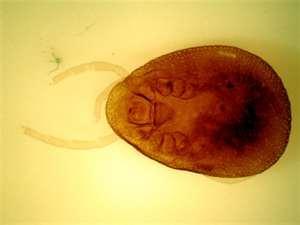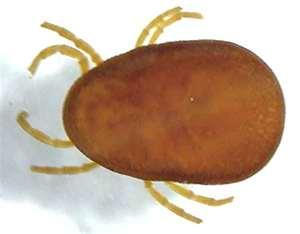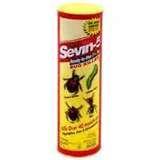A few days ago we noticed a tiny tick attached to our Cochin rooster's earlobe. It was small and kind of light blue colored. We pulled it off with tweezers.
I was reading the most recent issue of "Out Here" (a magazine published by Tractor Supply Co.) and I noticed an article about livestock pests. In the poultry section it listed a parasite called the "fowl tick" (NOT the chicken/red mite.) It didn't list a picture, but it said that it can cause anemia in adult birds and can kill chicks with loss of blood. Oh no!
And just now I went out to the chickens again, picked up the Cochin rooster again, and noticed that he has TWO MORE ticks, one on his earlobe (again) and one on his comb. What to do???
PLEASE DON'T SAY THE ANSWER IS GUINEAS. We actually own four guinea keets and they are in the six-week process of teaching them where home is, we can't let them loose right now. I need a short-term answer.
I don't know if these are fowl ticks or not, if so I'm... frightened.
I was reading the most recent issue of "Out Here" (a magazine published by Tractor Supply Co.) and I noticed an article about livestock pests. In the poultry section it listed a parasite called the "fowl tick" (NOT the chicken/red mite.) It didn't list a picture, but it said that it can cause anemia in adult birds and can kill chicks with loss of blood. Oh no!
And just now I went out to the chickens again, picked up the Cochin rooster again, and noticed that he has TWO MORE ticks, one on his earlobe (again) and one on his comb. What to do???
PLEASE DON'T SAY THE ANSWER IS GUINEAS. We actually own four guinea keets and they are in the six-week process of teaching them where home is, we can't let them loose right now. I need a short-term answer.
I don't know if these are fowl ticks or not, if so I'm... frightened.
Last edited:










 Thanks for the info.!
Thanks for the info.!